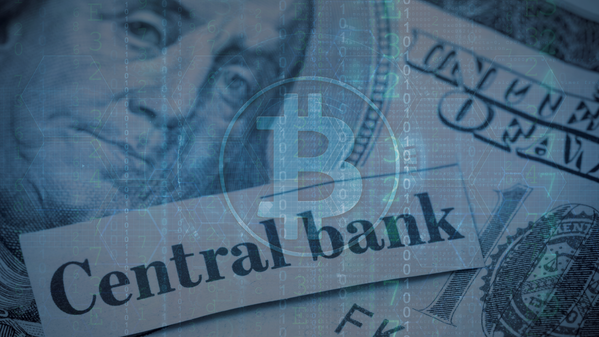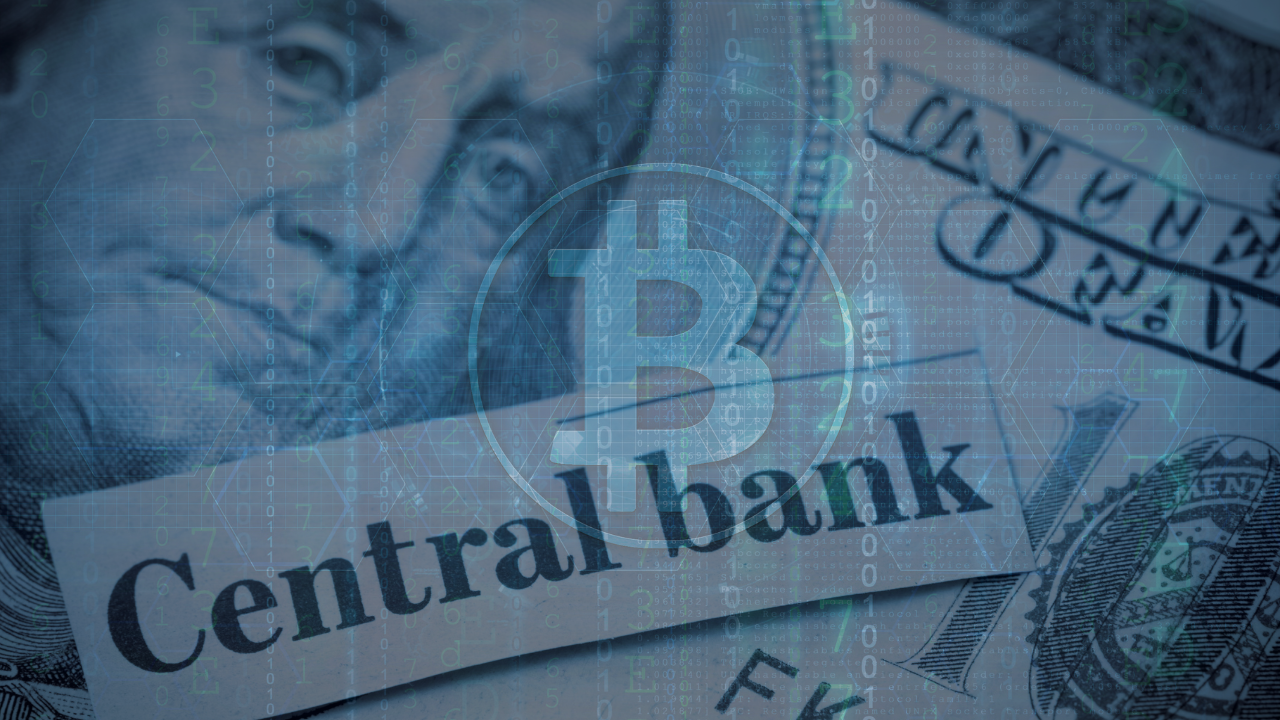|
The Legal Entity Identifier (LEI) is a 20 digit corporate digital identifier that helps us accurately and quickly verify the identity of any company. An LEI code is reported by regulated counterparties to financial transactions to clearly identify ‘who is whom’. The LEI is backed by the G20 Nations, Financial Stability Board (FSB), openly supported by institutions such as the European Central Bank and the Bank of England. It is also an official ISO standard 17442.
Enter the vLEIThe introduction of Digital Certificates (e.g SSL), were a step in the right direction towards providing security around who is safe to do business with online. However they also fell slightly short of the mark when it came to having up to date, unique, current and high quality data. The vLEI has the potential to become one of the most valuable digital credentials in the world; it will be the hallmark of authenticity for all legal entities everywhere.” - GLEIF The vLEI is an adaptation of an LEI which is based on a verifiable credential. The vLEI is a fully digitized form of the LEI which enables instant and automated identity verification between counterparties operating across all industry sectors, globally. Based on a concept known as self-sovereign identity (SSI), the vLEI will be applicable to be embedded with most blockchain applications and none more perfectly suited to that of a Central Bank Digital Currency (CBDC). What is a CBDC? With the rapid digitisation of the global economy new innovations are surfacing which unlock pain points and replace outdated processes. Sometimes these innovations fit together perfectly, in this case we will look at the applicability of the LEI acting as the KYC layer to Central Bank Digital Currencies.
LEIs help businesses link data sets, improving analysis. Building a complete picture of a business, by linking its data, could also help small businesses to access finance. We will champion the LEI as a globally recognised identifier for all businesses in the UK." - Bank of England A Central Bank Digital Currency (CBDC) is essentially the digital form of a country's fiat currency, which is regulated by its central bank. B2B based transactions are currency only identified using the LEI in a regulated setting, but now that we have automated LEI issuing technologies such as RAMP 2.0 we can swiftly and easily roll out LEIs to all companies engaging in all financial transactions. Any CBDC would want to roll out LEIs to their clients in a worldwide manner, and RAMP 2.0 is the only RA model software capable of doing so on such a global basis. The Bank of International Settlements (BIS) released their CBDC for cross border payments last year and listed the Legal Entity Identifier as a means to standardising digital identity for legal entities. The Problem
The SolutionCBDCs are currency created without debt, this delivers the attendant benefits that do not exist in the current paradigm.
It is also a currency based on a blockchain system which is a fully traceable and auditable system. A CBDC currency can be programmed to be spent in accordance with behavioural economics. Incentivising some behaviours, disincentivising others in order to stimulate the economy and prevent so called dirty money from entering the system. A CBDC based cross-border transaction system would minimise the current high cost of transactions to almost zero, speed up settlement times to instant and provide total transparency. The delays caused by the absence of a globally recognised verifiable digital identity can all be streamlined by access to reliable, accurate data such as the Legal Entity Identifier database. The LEI helps identify debtors and creditors in transactions quickly, easily and reliably. In a recent interview, Merlin Dowse of J.P Morgan stated “Corporates have to connect with multiple providers, each of which issues them with a client reference number that is meaningless outside of that provider’s system. Every time they interact with a third party, they have to share their information again. Reducing all of this to one unique identifier in the shape of the LEI allows for interoperability across networks and removes friction, saving time and costs.” Were a CBDC ecosystem to adopt the LEI as its KYC layer, counterparties and regulators would have realtime access to total transparency of who is transacting, and moreover, have access to information regarding the organisational structure provided by 'Level 2' LEI data. It would work similarly to the way the IBAN currently functions, except it links to a publicly accessible database containing vital reference data on the account owner. One of the foremost problems a global financial system based on CBDCs would solve is the liberation of capital held up in reserve by Nostro-Vostro accounts. Real-time settlement of funds cross borders would invalidate the need for such accounts, and that capital would be freed up releasing over $30 trillion USD back into circulation globally. The LEI or vLEI and CBDC combination will not just speed up the authorising of payments, but rapidly increase settlement and reconciliation time of international payments. This combination also will massively enhance AML due diligence process, especially if the vLEI is to deliver on its right to represent verification feature. This will reduce fraud, money-laundering and overall risk exposure. CBDCs using the LEI as a KYC layer harness the benefits of cryptocurrencies, blockchain and distributed ledger technology, while mitigating the downsides they present to a normal, healthy functional banking system. We have already made progress towards this end as GLEIF are signed up to the latest standards in real time settlement of cross borders transactions 'ISO 20022', which is set to be followed by CBDCs or any other innovative method of transacting that may come along in this exciting new era of change.
0 Comments
|
LEI WorldwideThe views expressed in this blog belong to LEI Worldwide. Archives
April 2022
Categories |
Facilitating the global allocation of LEI numbers.
LEI Worldwide facilitate entity identification in the global financial system, capital markets and private sector. We make the process accessible and simple for Legal Entities to obtain Legal Entity Identifier numbers. By doing this we help facilitate the global allocation of LEI numbers. It is our mission to be the one point of contact globally between Legal Entities & LOU’s and ensuring the LEI becomes the Worlds most important identifier.
Services |
Company |
|
UNITED STATES | DUBAI | GERMANY | NETHERLANDS | UNITED KINGDOM | AUSTRALIA | BRAZIL | CANADA | FRANCE | SPAIN | HONG KONG | CHINA | INDIA | ITALY | SWEDEN | BVI | MALTA | UNITED ARAB EMIRATES | MEXICO LUXEMBOURG | SOUTH AFRICA | BELGIUM | SINGAPORE | JAPAN | MAURITIUS | CAYMAN ISLANDS | TURKEY | PORTUGAL | PANAMA | DENMARK | CYPRUS | KENYA | IRELAND | NEW ZEALAND | GREECE | SEYCHELLES



 RSS Feed
RSS Feed









